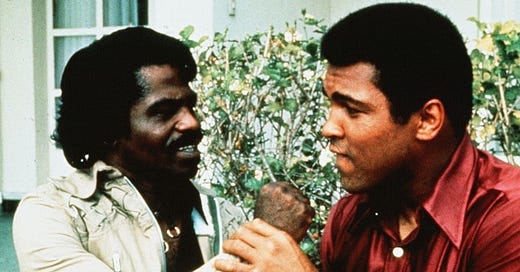Three Concert Films That Capture the Soul of James Brown
Late in October of 1964, a crowd of teenagers gathered at the Santa Monica Civic Auditorium. They were there for a concert billed as “The Excitement, Entertainment and Music of Teenage America!” The venue was packed two nights with local high school kids who were given free tickets by the concert’s promoters. Everyone was screaming from the very first a…
Keep reading with a 7-day free trial
Subscribe to Nonfics to keep reading this post and get 7 days of free access to the full post archives.



